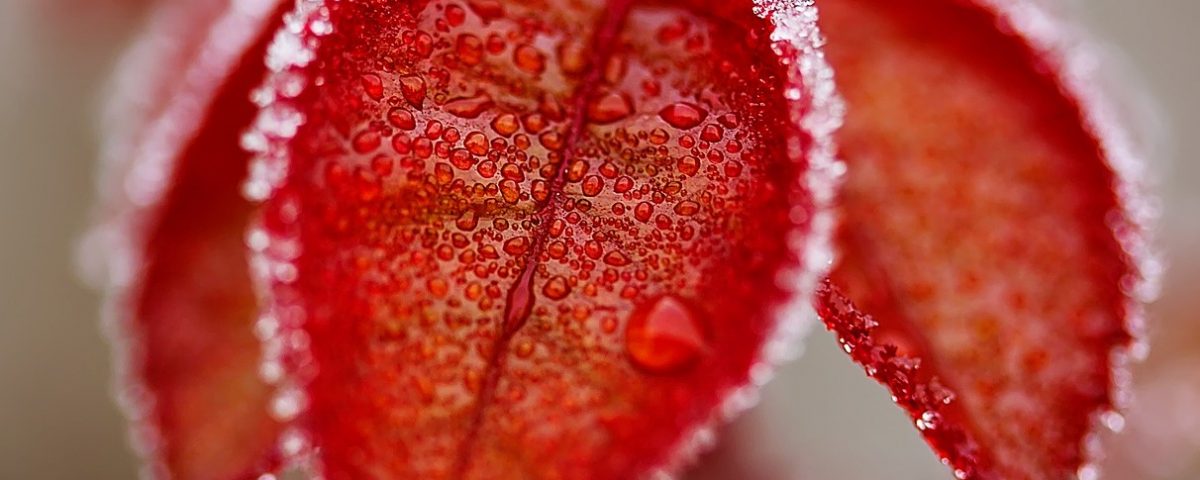How To Protect Your Plants From Winter Freeze

How To Protect Your Plants From Winter Freeze
by Farmer Jen Gammons-Mujica
Winter gardening in the Southwest is a breeze -- with a few basic preparations to protect your garden from freezing nights during November through early February. Think your neighborhood doesn’t get cold enough? Be Prepared. There is nothing worse than walking out to your beautiful garden to find all your vegetables and herbs destroyed by a rare night of freezing temperatures.
The most important step of successful winter gardening is planting the vegetables and fruits that thrive and are cold tolerant. With thick stems and leaves, these vegetables are naturally made to endure biting cold winter nights. Brassicas (cauliflower, broccoli, brussels sprouts), thick leafy greens like Romaine lettuce, Kales, Chards, and Collard Greens will survive frost and even snow! Plant these hearty greens in September to guarantee they are large enough to endure winter temperatures.
Many of our Agriscapes in milder growing zones include frost-sensitive trees (such as citrus trees) and vegetables like thin leafy lettuces. If you are a gardener that takes pride in growing an abundant garden of food through the winter months, here are a few tips for you:
1. Buy row covers.
Place row covers on raised beds and hugel beds of vegetables and sensitive herbs. Place the cover on during the day to capture the warmest temperature. Pin down all sides of the row cover so cold drafts can’t enter your garden. You can truly raise the temperature over 5 -10 degrees using this method.
What is row cover? Floating row cover is a white, thin, large piece of material that can be cut into various sizes to protect your crops from frost or scorching heat. They allow ultraviolet light to pass through the cover for plant growth.
During winter months it is essential to use row covers that allow the MOST UV light as possible. The short winter days are already less light for our crops. Row covers are available that allow 70-80% of the much-needed ultraviolet. Even better -buy 2 sets of row covers! A winter row cover that allows maximum light and a summer row cover that blocks more UV so your plants are not scorched by 120+ summer sun.
2. Build a hoop house!
Do you have raised beds, elevated beds, or row crops? For many edible gardens and farms, a hoop house is the #1 best framework to have in place for year-round growing. Use the same row cover fabric. Once installed you can use the hoops again in the summer to shade your vegetables from the scorching sun! Contact Agriscaping for more information about setting up a hoop house.
3. Citrus & Fruit Trees.
Citrus trees need protection when they are full of fruit. If they are not growing fruit -- no need to cover them. If temperatures are heading toward 32 degrees Fahrenheit, grab a frost protective blanket (row covers, old sheets, burlap) and drape two or three layers over your trees, securing it underneath near the trunk. You can also extend covers to the ground to trap warmer air that is around your fruit trees. You will need strong large safety pins, clothespins, or irrigation pins to hold it together. Just like with your raised beds, you want to wrap the top of the tree securely - with no air drafts. Then water the tree during the day. Yes, the water actually gives off warmth! Damp soil holds heat better than dry soil.
Remove all covers when the risk of freezing is gone so your trees and crops can soak up all the sunshine. We hope this helps you continue eating garden-fresh foods all year round. Happy Winter Gardening!
Happy Gardening!
Farmer Jen
To find available free webinars or live classes click here!
* You can find out more about Farmer Jen at https://farmerjenorganics.com/ .

